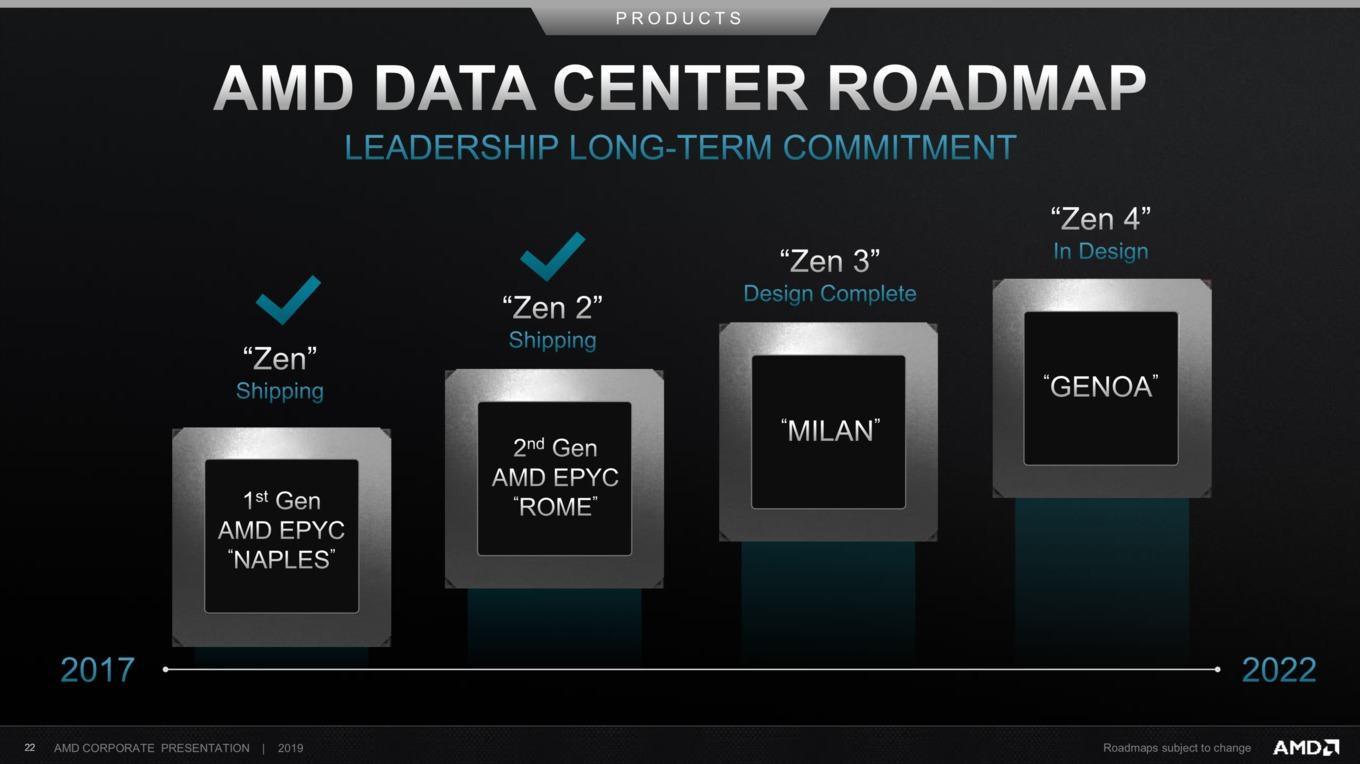No, that is not correct current information. That could be right in the time when CPUs had 4 cores. That is long gone.
"AMD engineers estimate that implementing SMT takes less than
5% of the core area in the latest AMD “Zen 4” and “Zen 5” cores. This includes all the necessary logic to allow two threads to share
the core’s resources."
<5% is correct to this day even with AMD's more advanced SMT implementation as AMD themselves have stated:
https://www.amd.com/content/dam/amd...hite-papers/amd-epyc-smt-technology-brief.pdf
Here is the Intel source (wikipedia):
https://en.wikipedia.org/wiki/Hyper-threading
Please share your source that states otherwise. Surely you didn't rush to call someone else wrong without having any basis for such a statement.
For example, 14900K has 8 P cores, 16 E cores and then 8 P cores - second threads. It does not want to use second threads of the P cores, because they perform the worst. For any loads with 24 or less threads HT is not utilised at all, because it would DECREASE the performance of the CPU. HT only helps in specific case of extremely multithreaded applications. Normal consumers do not use such applications and if they do, 24 threads of 24 cores offer very high performance for any normal person.
NORMAL PEOPLE DO NOT NEED HYPERTHREADING ANYMORE, PERIOD.
I don't see how this is an example of die space usage of HT, you seem to have jumped from one topic to another or perhaps are relying to the wrong person or quoting the wrong thing (as you only quoted my die space figure). Mind you, this isn't an example anyways, it's you explaining how you think the 14900K works.
I should point out, a CPU designed around replacing HT with e-cores isn't a good example that we don't need HT / SMT. That's what it was designed for.
Clearly it hasn't been an effective approach either, as Intel's better getting it's rear whooped in server and regular customers aren't attracted to the latency penalty of the e-cores and the scheduling issues they bring. It'd be an entirely different conversation if the design were actually successful but it isnt'.
Sure regular customers could do just fine without hyper-threading if they choose an Intel product but the problem is they aren't comparing well to AMD options that do have it. That Intel is switching back says all you need to know about that. It's akin to fabricating a nail clipper that does something other than press two wedges together just to prove that it could be done other ways.
Could there ever be a day when HT is no longer needed for customers? Maybe, although if HT is a better approach for Desktop / Laptop than having big and little cores I don't see why you would't just give the customer less cores with HT / SMT.






